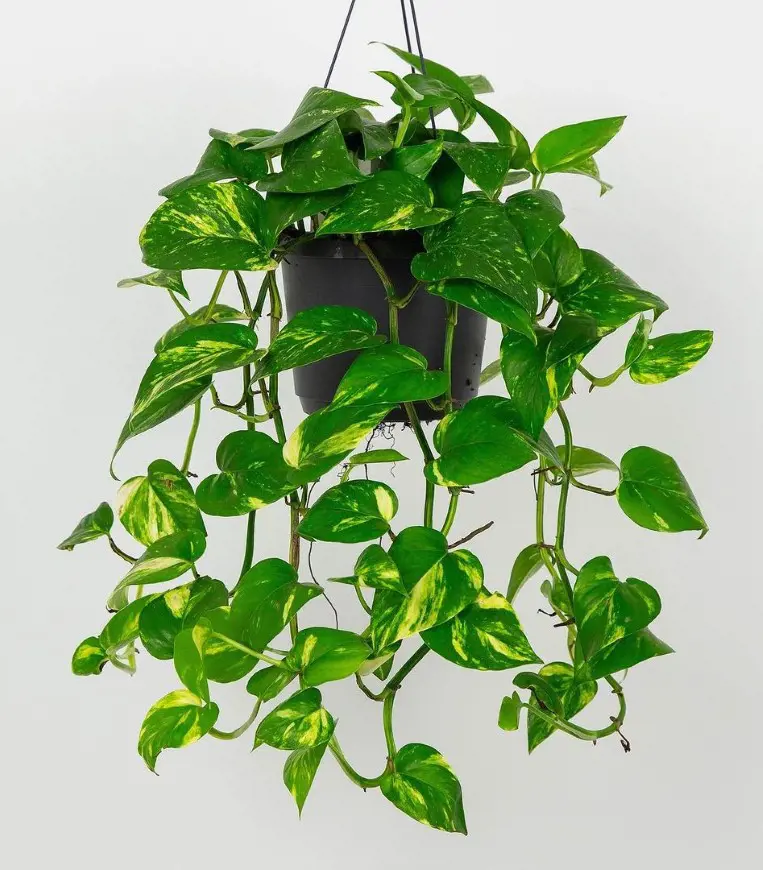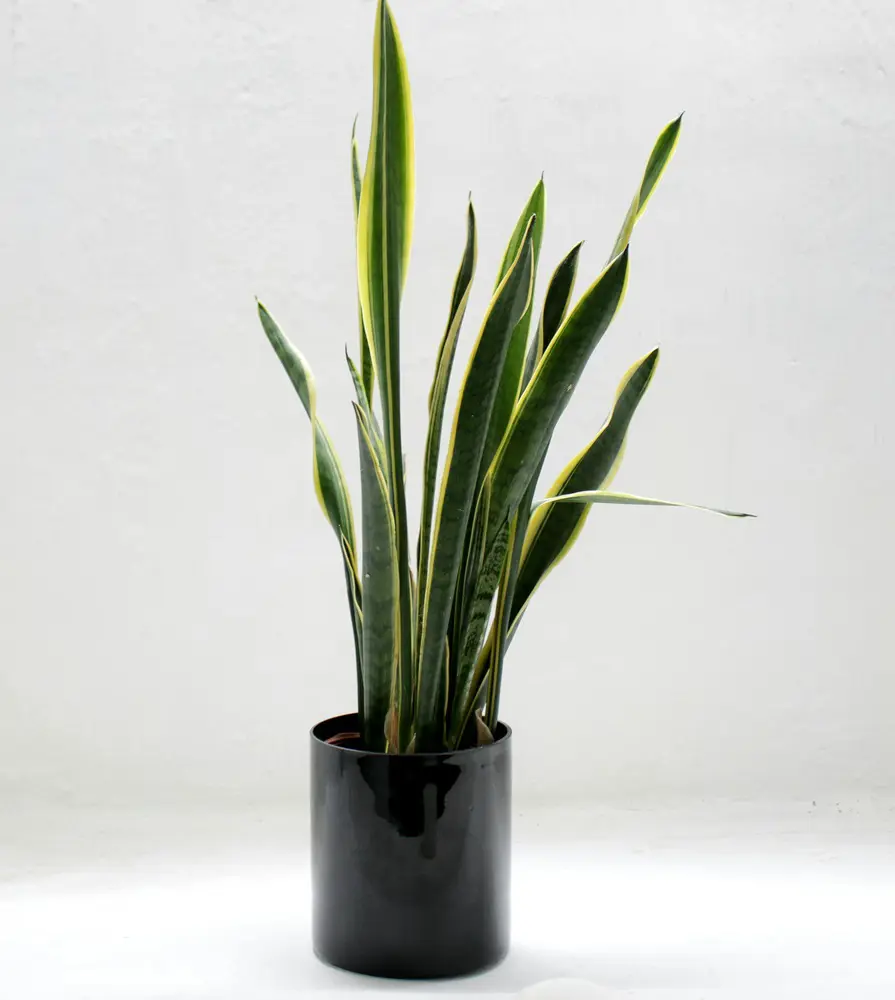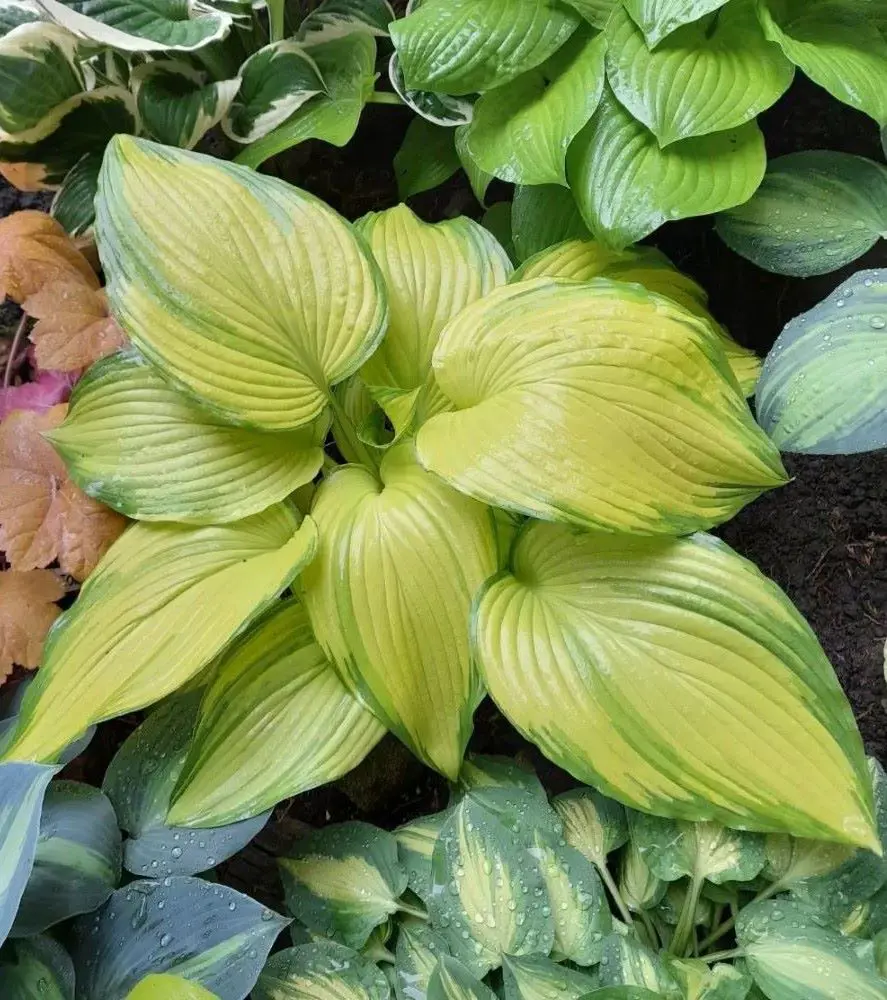Peony Flower Care And Growing Guide
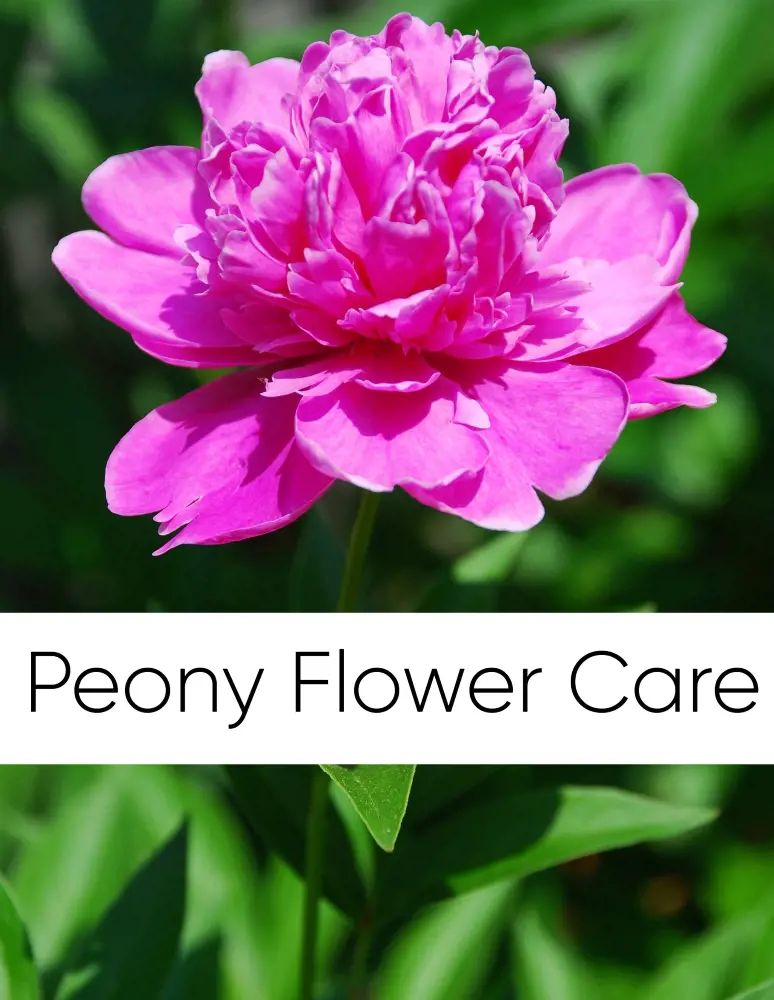
This post may contain affiliate links. If you make a purchase through links on our site, we may earn a commission.
Peony flowers are herbaceous perennial plants that belong to the Paeoniaceae family. They typically have large, lush, and showy flowers with a wide range of colors, including white, pink, red, and yellow.
These stunning flowering plants are native to Asia, Europe, and North America. Peonies hold cultural significance in various societies. In China, they are considered the "king of flowers," symbolizing wealth, prosperity, and honor. In Western cultures, they are often associated with romance, prosperity, and good fortune.
Peonies are relatively low-maintenance plants once established. You can take care of this flower by learning a few basic steps.
About Peony
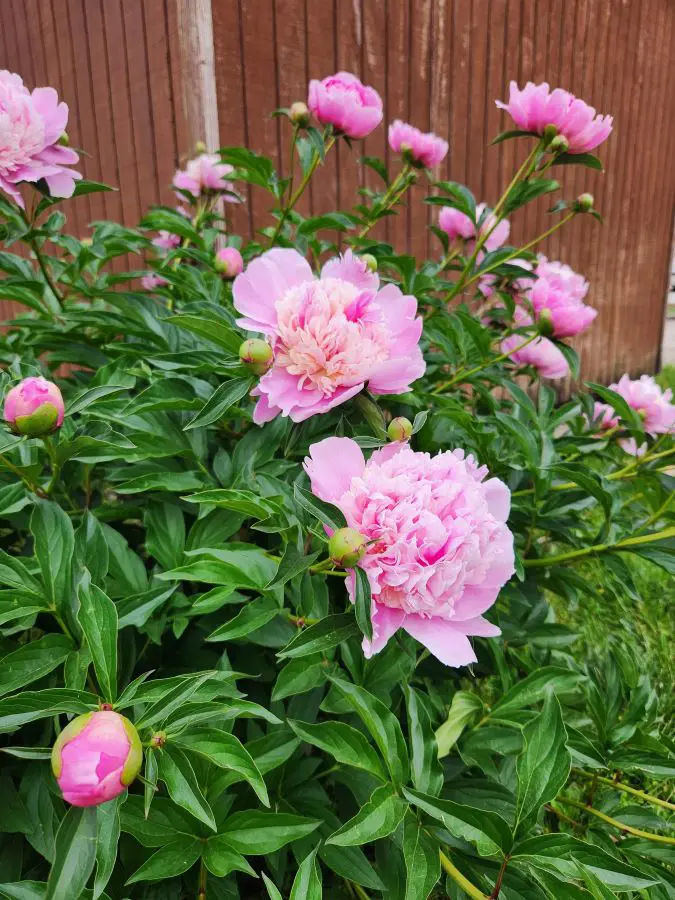
Peonies are revered for their stunning blooms, making them cherished additions to gardens worldwide. There are three main types of peonies: herbaceous peonies, tree peonies, and intersectional hybrids (also known as Itoh peonies).
Herbaceous peonies die back to the ground in winter and regrow in spring, while tree peonies have woody stems and retain their structure year-round. Intersectional hybrids are a cross between herbaceous and tree peonies, combining the best traits of both.
Peonies prefer well-drained soil and full sun, although they can tolerate partial shade. They are hardy plants that can thrive in a wide range of climates, but they generally require a period of cold dormancy to bloom successfully.
Here's a step-by-step guide on where, when, how, and what type of soil is best to plant peonies:
Peony When to plant?

The best time to plant peonies is in the fall, ideally between late September and early November, depending on your location and climate. Planting peonies in the fall allows them to establish their root systems before the onset of winter dormancy. This timing also provides them with the necessary chilling period to encourage healthy growth and abundant blooms in the following spring and summer.
Where to plant peony?
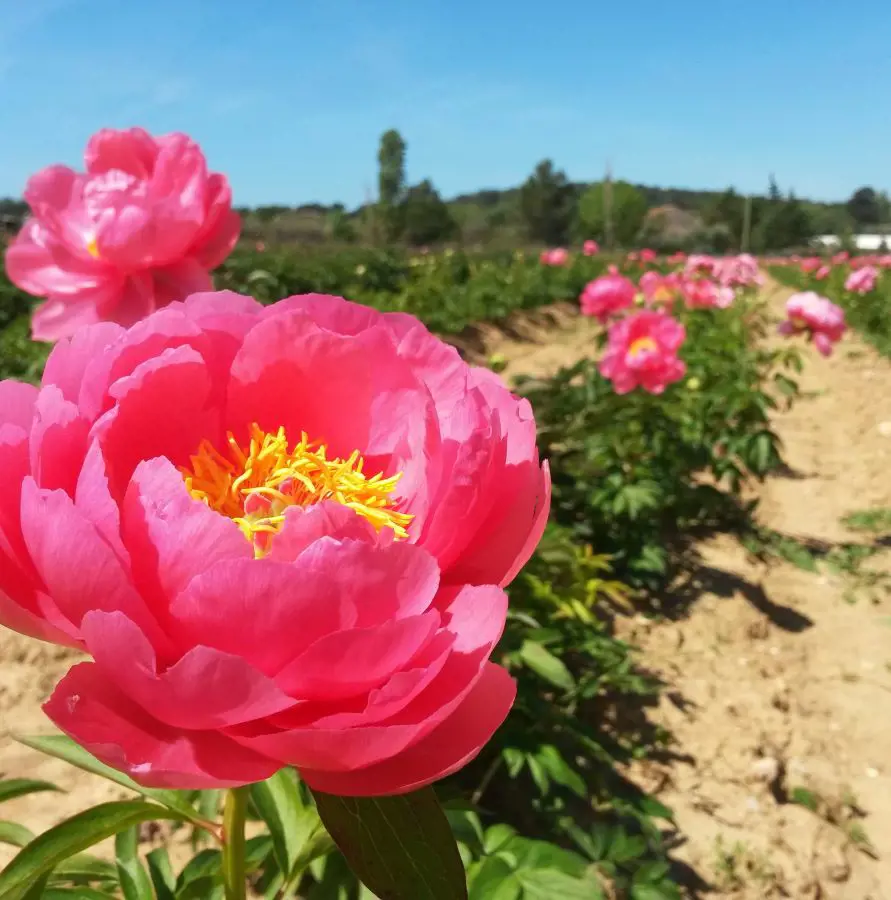
You can plant peonies in a location with full sun, so select a planting site that receives at least 6–8 hours of direct sunlight each day. While they can tolerate partial shade, they may produce fewer flowers and exhibit weaker stems in shaded conditions.
Choose a location with good air circulation to help prevent fungal diseases and promote healthy growth. Avoid planting peonies in low-lying areas or close to structures or large plants that may obstruct airflow.
Peonies require adequate space to spread out and grow, so be sure to plant them at least 3–4 feet apart to allow for proper airflow and future expansion. Consider the mature size of the peony variety when spacing them in your garden.
Peony How to Plant?
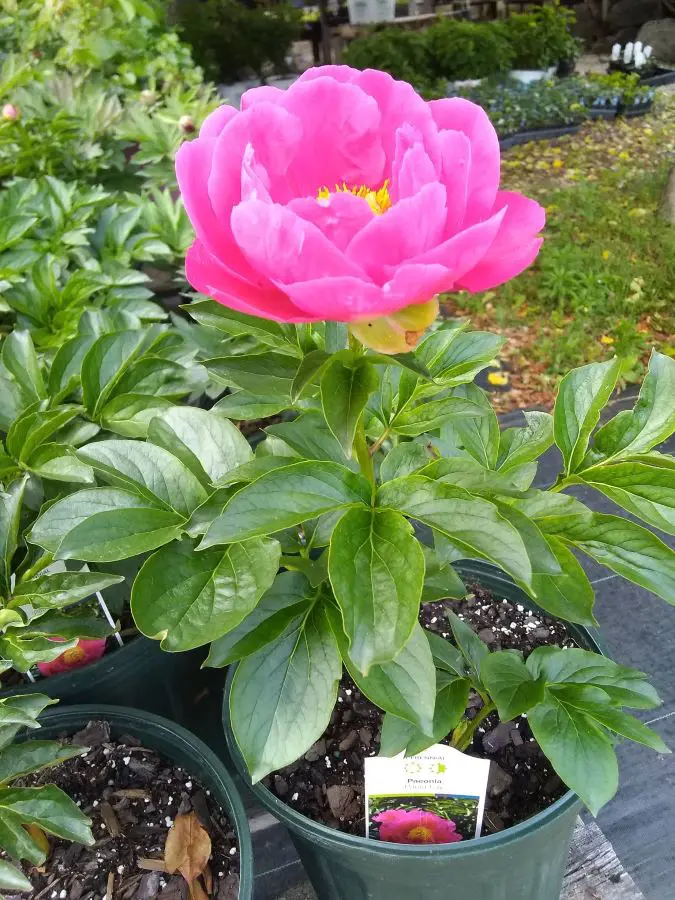
Peonies should be planted with their eyes (buds) positioned just 1-2 inches below the soil surface. Here are a few steps on how to plant them correctly.
Planting Steps:
- Dig the hole: 2 feet deep and wide, ensuring the crown (budding area) of the peony will be 2 inches below the soil surface.
- Mix in amendments: Add compost, aged manure, or bone meal to the bottom of the hole and mix with the excavated soil.
- Position the peony: Gently place the peony in the hole with the "eyes" (buds) facing upwards and no deeper than 2 inches below the soil surface.
- Backfill the hole: Fill the hole with the amended soil, gently firming it around the base of the plant.
- Water thoroughly: Water deeply to settle the soil and ensure good moisture levels.
- Mulch (optional): Apply a 2-3-inch layer of organic mulch around the base of the plant, keeping it away from the stems.
What type of soil is best for them?
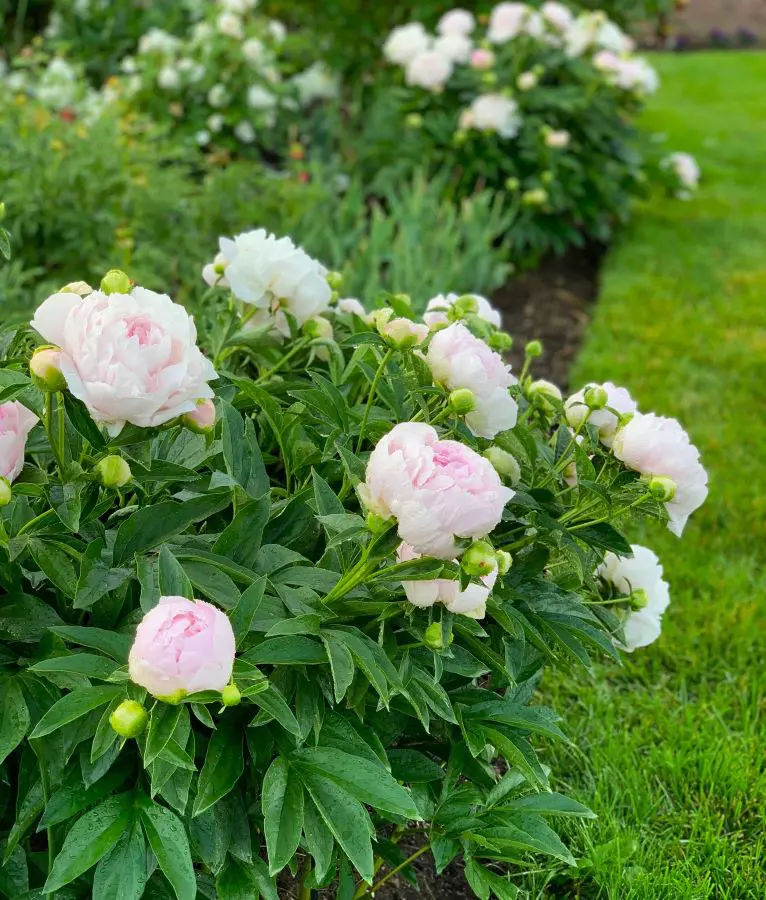
Peonies prefer well-drained soil that is rich in organic matter. Aim for slightly acidic to neutral soil with a pH range of 6.5–7.0. Avoid heavy clay soil and ensure good drainage to prevent waterlogging, which can lead to root rot. Amend the soil with compost or well-rotted manure to improve fertility and texture.
Before planting, loosen the soil to a depth of 12–18 inches using a shovel or garden fork and remove any weeds, rocks, or debris from the area. Incorporate organic matter such as compost, well-rotted manure, or peat moss, into the soil to improve drainage and fertility.
Peony Plant Care
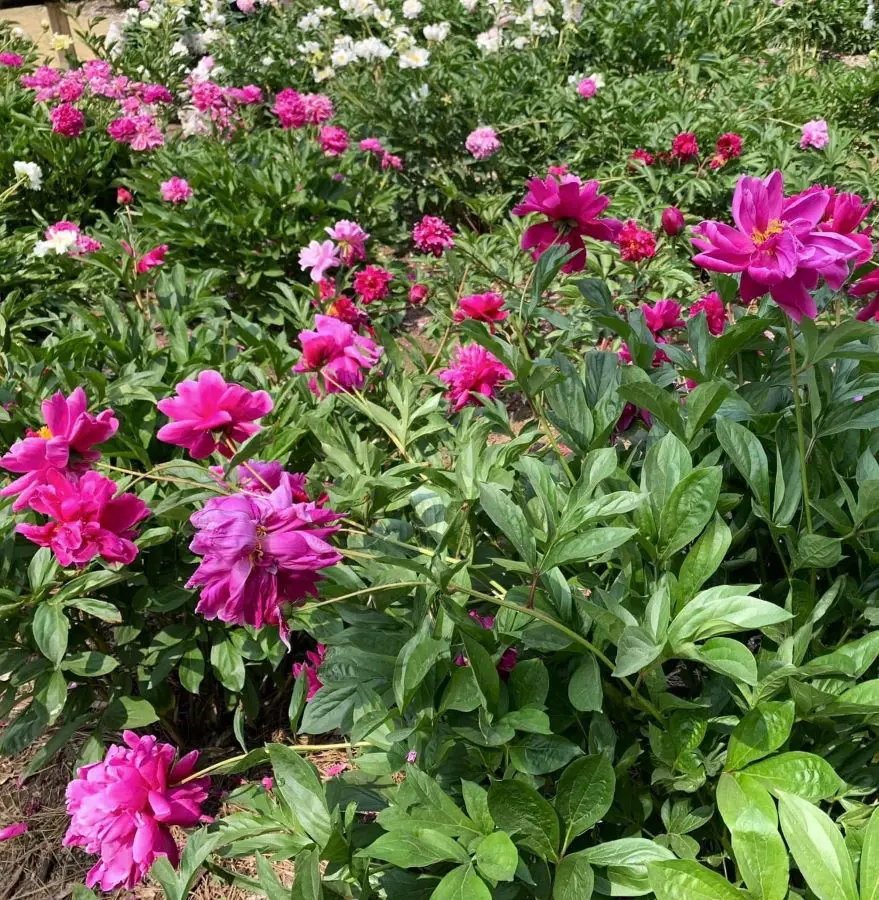
Peonies are renowned for their stunning and fragrant blooms, making them popular choices for gardens and landscapes. Fortunately, peony plant care is relatively straightforward, and these resilient plants can thrive with minimal maintenance.
Whether you're a novice or an experienced gardener, caring for peonies is generally considered easy, given their tolerance for various growing conditions and their ability to withstand neglect to some extent. However, a few key practices can help ensure optimal growth and abundant flowering. Let's delve into the basics of peony plant care.
Do peonies need full sun?
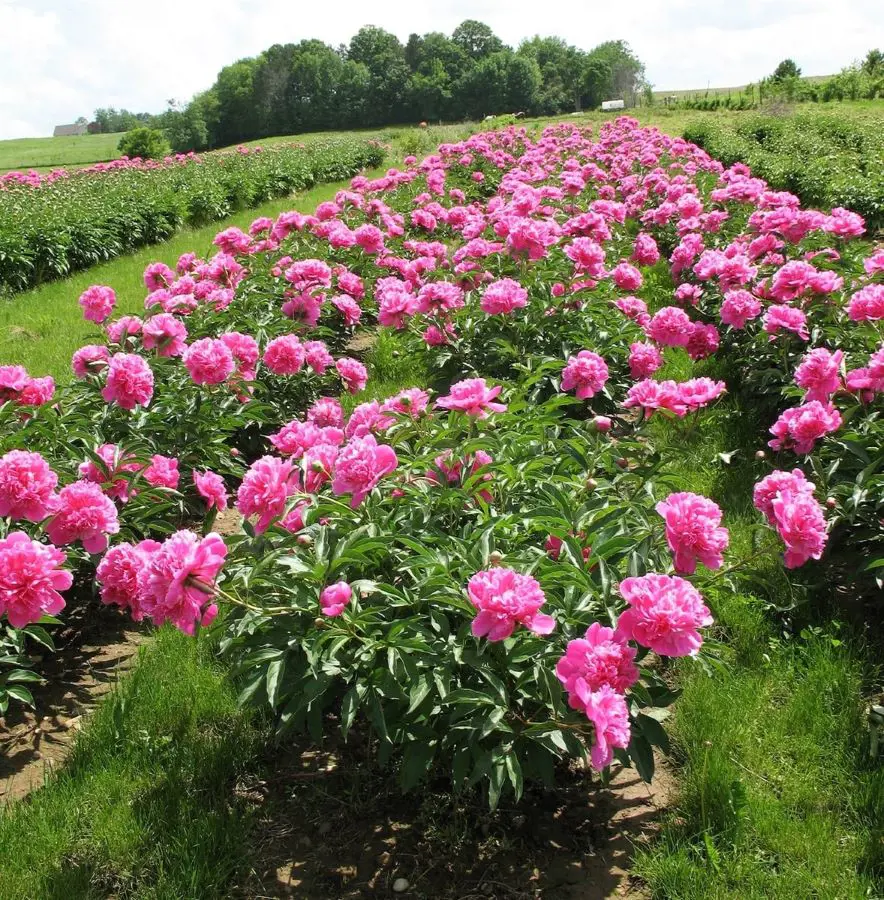
Yes, peonies require full sun, ideally receiving at least 6 hours of direct sunlight daily. This allows them to photosynthesize efficiently, fueling their growth and ultimately leading to those beautiful, abundant blooms.
Some afternoon shade, particularly in scorching climates, can be tolerated, but anything less than 6 hours of consistent sun can dramatically impact their flowering potential. Planted in deep shade, peonies will struggle to produce blooms at all, or the blooms may be weak and stunted.
How to water a peony?
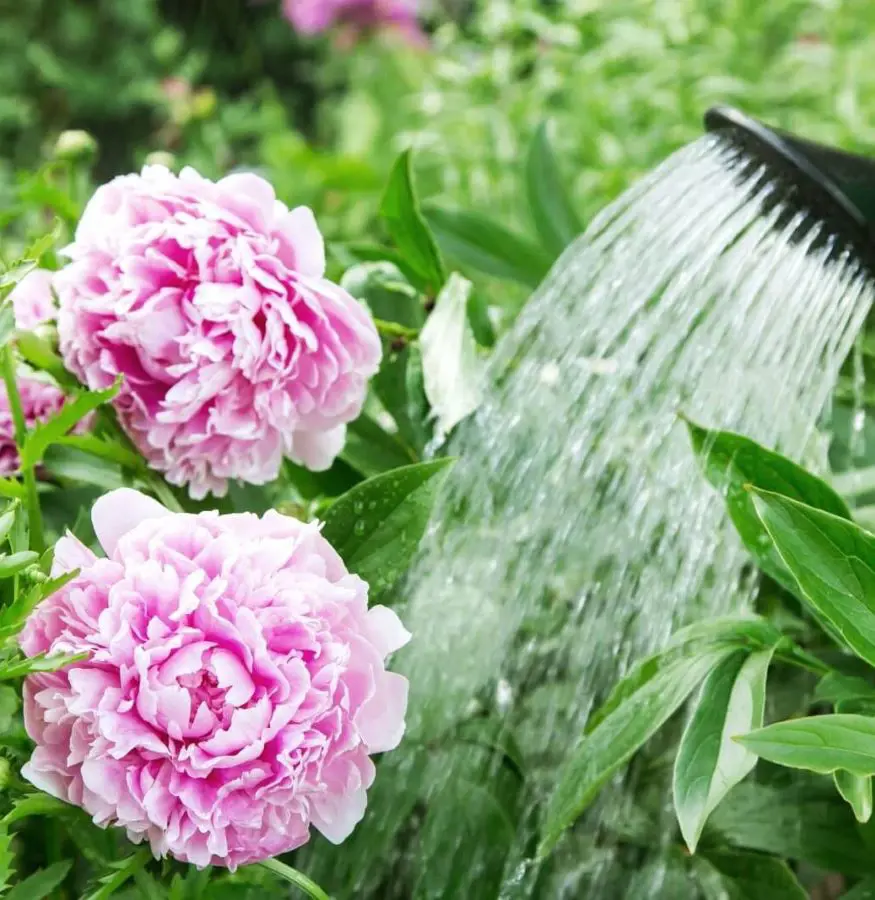
Watering is crucial for peonies, but unlike some plants that thrive on constant moisture, they require a specific approach to avoid harming them. Aim for deep watering once a week, especially during dry spells.
This encourages deeper root growth and prevents the plant from relying solely on surface moisture. Adjust the frequency based on your climate and rainfall. If it rains heavily, you can skip a watering session, and during dormancy (late fall and winter), watering is not necessary.
The goal is to soak the soil 6–8 inches deep. This ensures the roots have access to sufficient moisture throughout their root zone. To gauge the amount, use a rain gauge or estimate based on how long it takes for water to start draining from the soil.
Method:
- Directly water the base of the plant, not the foliage. This minimizes the risk of fungal diseases.
- Use a watering can, hose, or drip irrigation system. Avoid overhead sprinklers, which can promote disease and wastewater.
- Water slowly and steadily to allow the water to penetrate the soil instead of running off.
Additional Tips:
- Early morning watering is ideal, as it allows the soil to dry before nightfall.
- If you're unsure about the soil moisture, use your finger to check. If the top inch of soil is dry, it's time to water.
- Mulching around your peonies helps retain moisture and reduces the need for frequent watering.
- During periods of extreme heat or drought, you may need to water more frequently.
How to fertilize peonies?
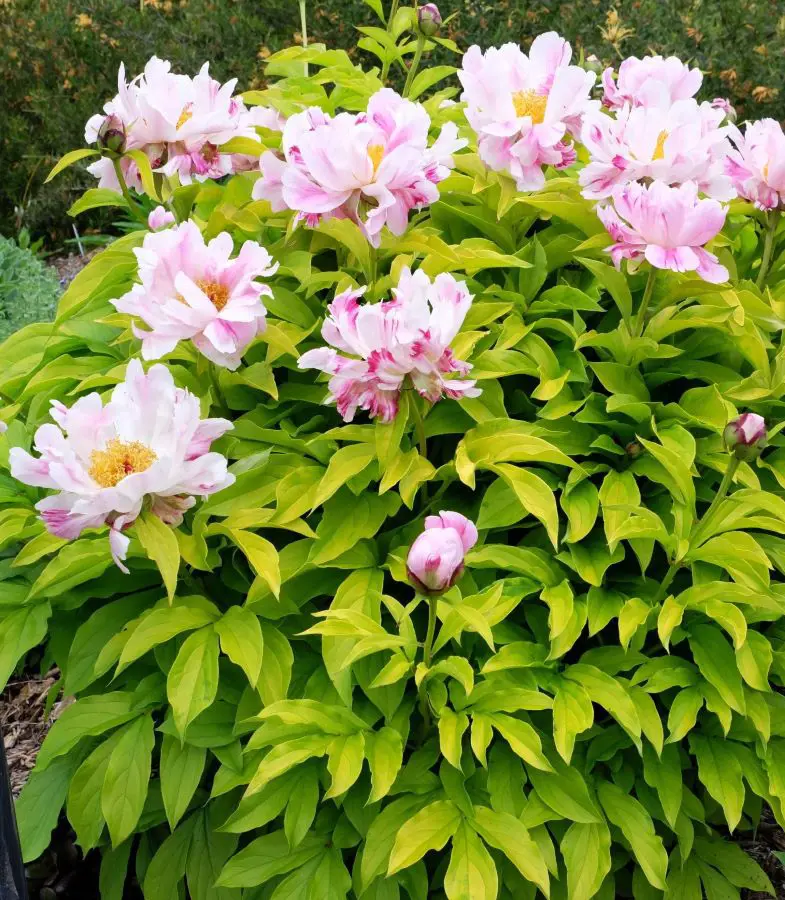
Peonies require specific nutrients for optimal growth, bud formation, and vibrant blooms. Fertilization helps replenish the soil and provides these essential nutrients.
What fertilizer to use:
Aim for a fertilizer with a low nitrogen (N) content, around 5–10%. Too much nitrogen can encourage excessive foliage growth at the expense of blooms. Look for a ratio like 5-10-10 (N-P-K), where phosphorus (P) and potassium (K) are higher for strong blooms.
Consider organic fertilizers like aged manure, compost, or bone meal. These release nutrients slowly and improve soil health over time. Try to steer clear of high-nitrogen fertilizers or fertilizers specifically designed for lawns, as they can harm your peonies.
When to fertilize:
- Early spring: Apply the main fertilizer dose in early spring, just before new growth emerges. This provides essential nutrients for initial growth and bud development.
- Second feeding (optional): After flowering, you can consider a second, balanced fertilizer application with equal N, P, and K (e.g., 10-10-10) to support further growth and bud formation for the next year.
How to apply fertilizer:
- Granular fertilizers: Broadcast the granules around the base of the plant, staying at least 4-6 inches away from the stems. Water thoroughly to dissolve and move the nutrients into the soil.
- Liquid fertilizers: Follow the dilution instructions on the product label and apply directly to the soil around the plant, avoiding the foliage.
Organic options: Spread compost or aged manure around the base of the plant in the fall or early spring. Water it well to incorporate it into the soil.
Peony Flower Care
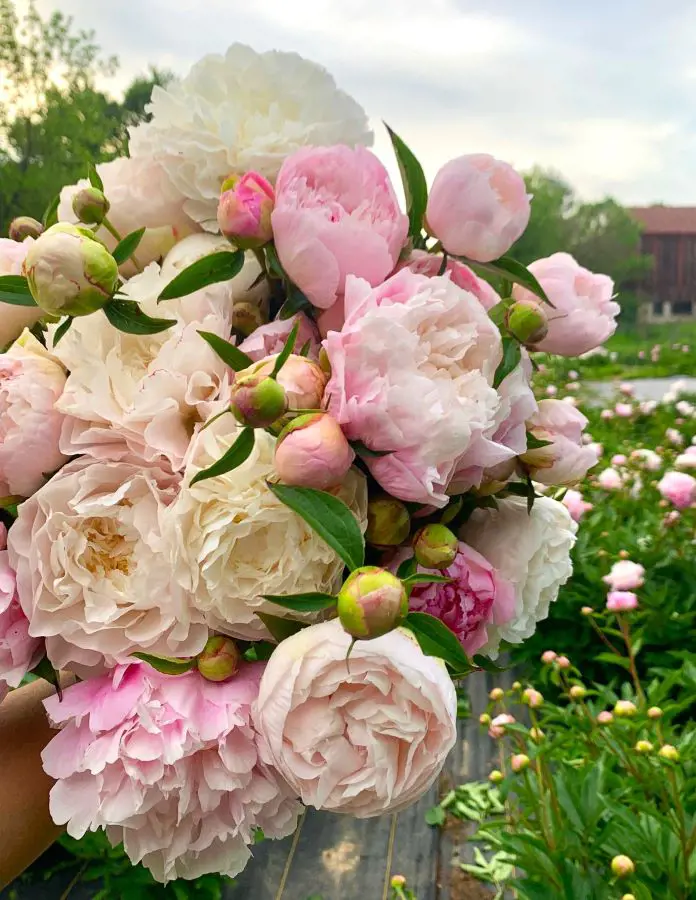
Peony flower care encompasses specific practices tailored to the unique needs of these ornamental plants, which differ in some aspects from basic plant care.
While both peonies and other plants require adequate sunlight, water, and nutrients to thrive, peonies have specific preferences and requirements. For example, peonies prefer well-drained soil with a slightly acidic to neutral pH, while some other plants may tolerate a wider range of soil conditions. Additionally, peonies benefit from regular fertilization with a balanced fertilizer or compost in early spring to support healthy growth and abundant blooming.
Deadheading
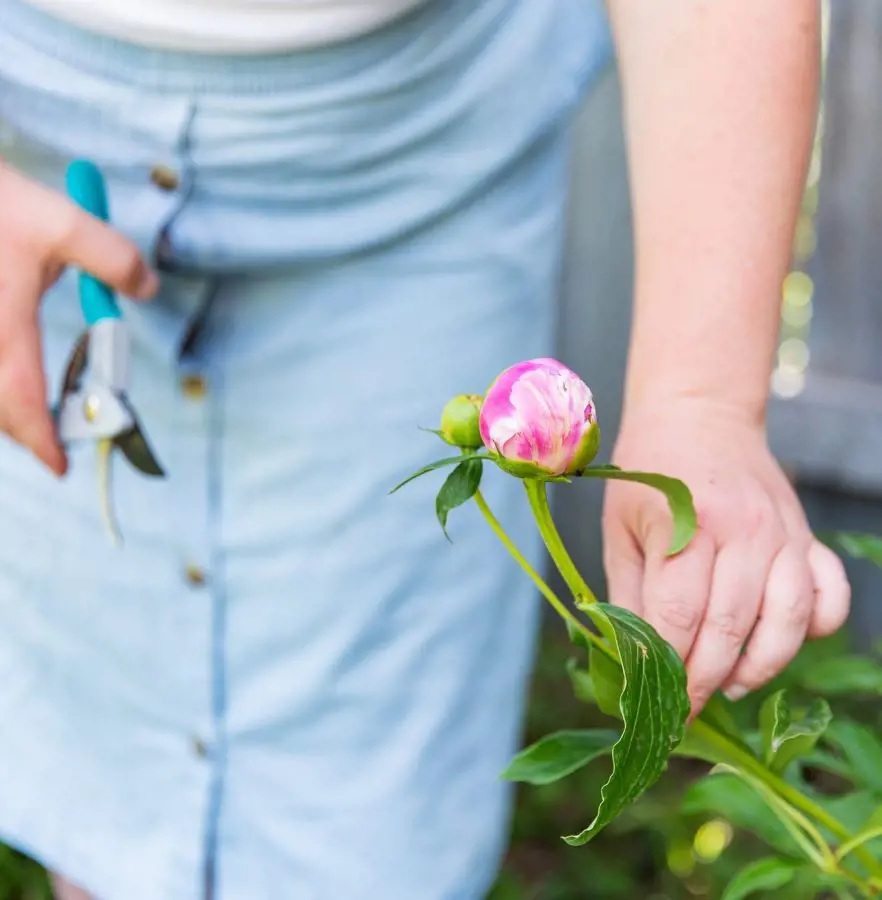
Unlike some plants, where deadheading isn't necessary, it's crucial for these perennial plants. Prompt deadheading encourages new growth, directs the plant's energy toward producing more buds for next year's blooms, and prevents seed formation. Seed development can weaken the plant and reduce its future flowering potential.
Once the blooms fade, carefully cut off the flower head just above the first set of healthy leaves below the bloom. Avoid cutting into the stem itself.
Provide support

Peonies have heavy blooms, particularly tree peonies, which can easily flop over under their weight or in strong winds. Providing stakes or cages helps support the stems, preventing damage, and ensuring the blooms remain upright for you to enjoy.
Choose stakes or cages that are sturdy and tall enough to support the full weight of the blooms without harming the plant. Consider using a cage for multiple stems or a single stake strategically placed near the main stem.
Install the support system early in the season, before the buds begin to swell and gain weight. This prevents disturbing the plant as the blooms develop.
Fall/Winter Care
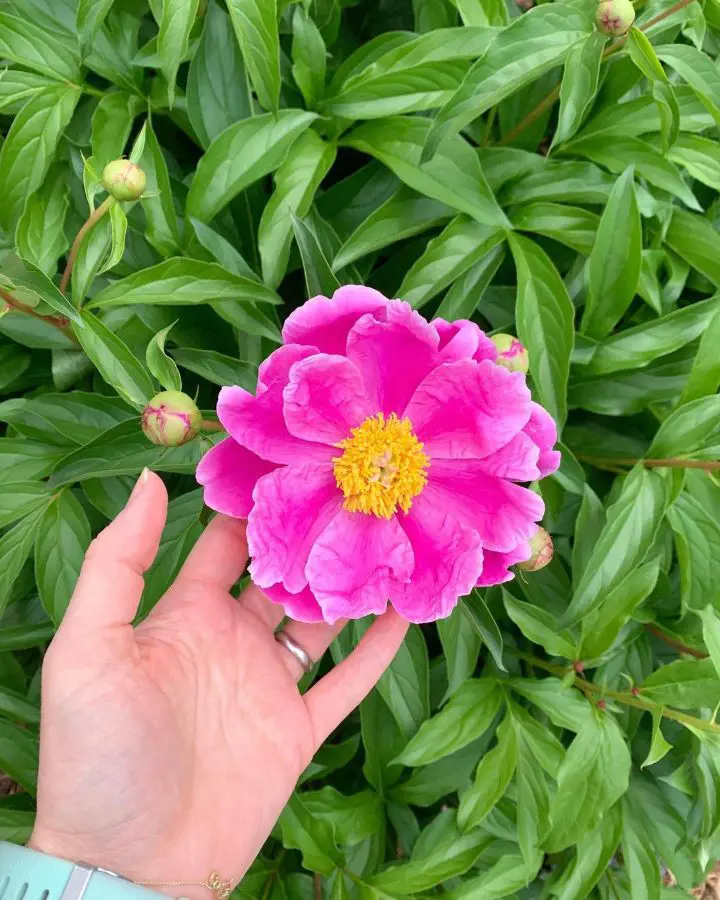
Unlike many plants that remain green year-round, peonies enter a dormant period in the fall. Where other plants require fall cleanup, leave the peony stems and foliage on the ground over winter. This natural cover protects the "eyes" from harsh winter temperatures and helps retain moisture in the soil.
In early spring, once the danger of frost has passed, cut back the dead stems to about 4-6 inches above the ground. This allows for new growth to emerge unobstructed.
How Long Does Peony Bloom?
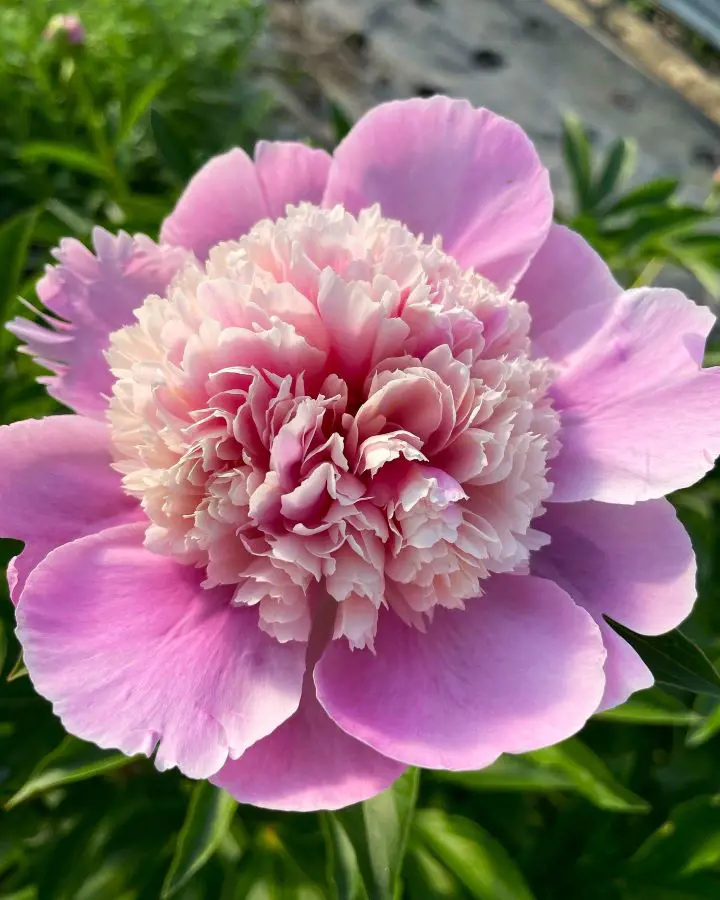
Peony flowers typically bloom for about 7 to 10 days, although the exact duration can vary depending on factors such as the peony variety, weather conditions, and cultural practices.
Here's a general timeline of the blooming process for peonies:
- Bud stage: Peony buds begin to form in early spring, gradually swelling and developing over several weeks.
- Blooming stage: Once the buds reach maturity, they begin to open, revealing the beautiful flowers inside. Peony blooms typically last for about a week to 10 days, displaying their vibrant colors and delicate petals.
- Fading stage: As the flowers age, they may start to fade in color and lose their petals. Deadheading spent flowers can help prolong the blooming period and encourage additional blooms in some varieties.
- Post-blooming stage: After the flowers have faded and dropped their petals, the peony plants enter a period of rest. Foliage growth continues, providing energy for the plants to store in their roots for the following year's growth and blooming.
While the individual blooms of a peony plant may only last for a relatively short time, many peony varieties produce multiple flowers on each stem, extending the overall blooming period. Additionally, planting a mix of early, mid-season, and late-blooming peony varieties can help stagger the blooming season and prolong the display of colorful blooms in your garden.
Additional Tips for Stunning Peony Bloom

While following the essential care guidelines will likely reward you with beautiful peony blooms, here are some additional tips to go the extra mile:
Pruning
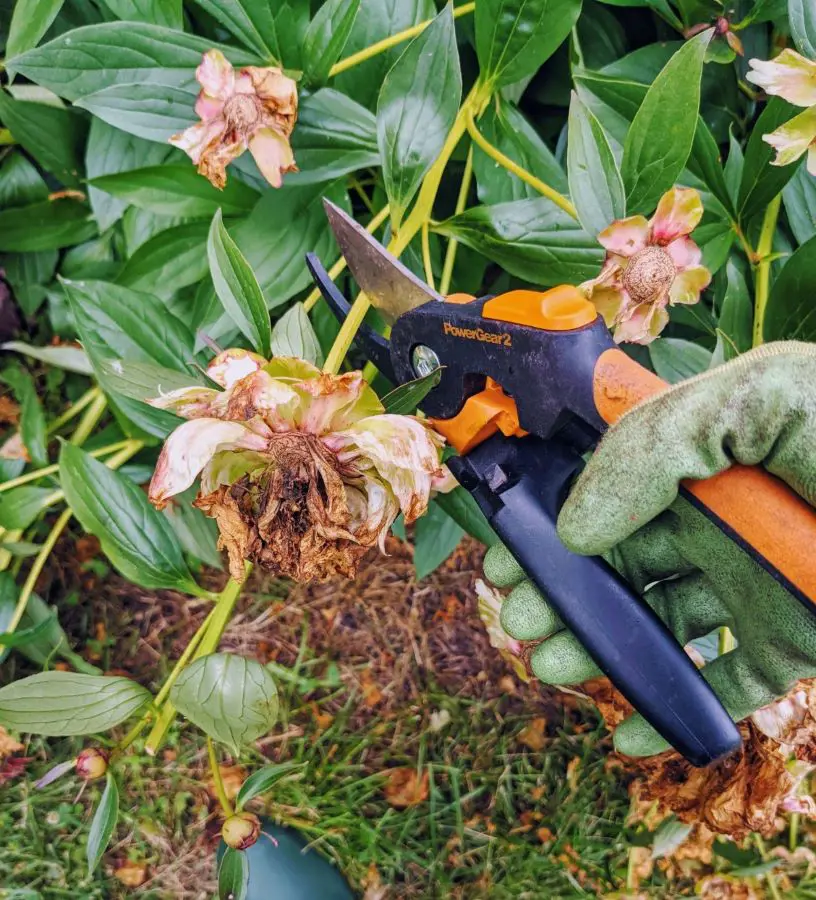
In early spring, carefully thin out some stems, especially older or weak ones, to improve air circulation and direct more energy toward the remaining blooms.
You may also follow Japanese pinching (optional), which is an advanced technique that involves pinching the growing tip of the main stem just before it opens, resulting in multiple flower buds developing below. Research and practice are recommended before attempting this method.
Temperature
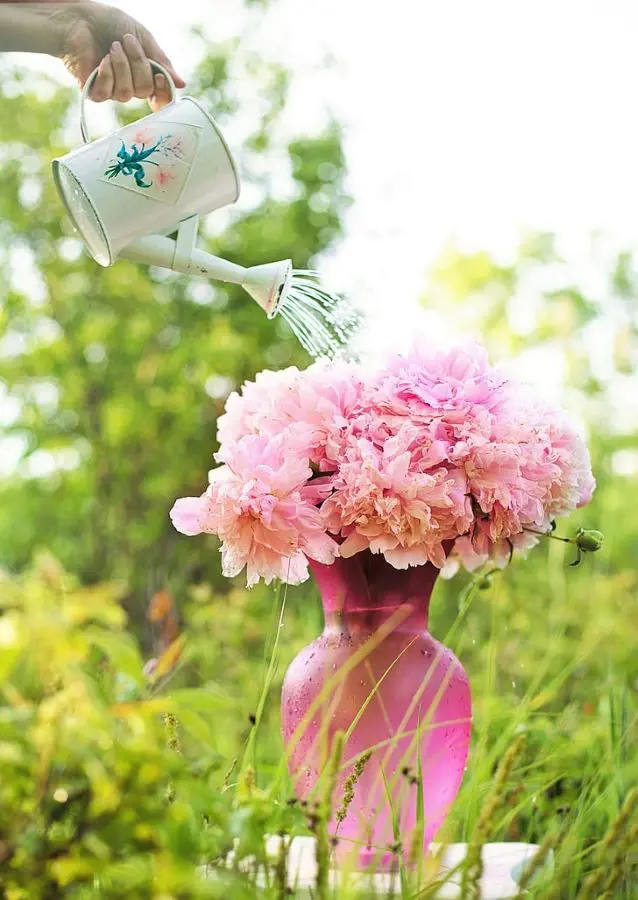
Cooler temperatures during the dormant period (late fall and winter) can help with flower bud initiation and development. In areas with mild winters, consider protecting the crowns with mulch or burlap for a slight temperature drop.
Stress Management
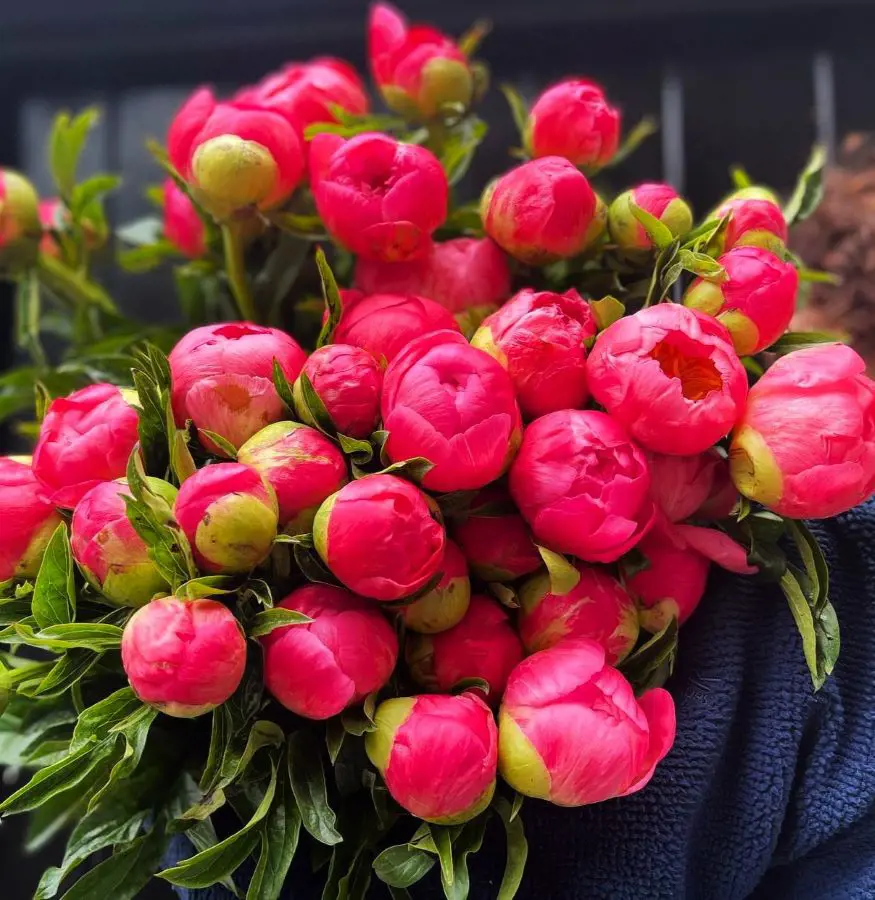
Avoid unnecessary digging around your peonies, as root damage can affect their blooming potential. Maintain consistent moisture by avoiding sudden changes in watering habits, as both drought stress and overwatering can stress the plant and hinder blooming. Address any pest or disease issues promptly to prevent damage that can weaken the plant and reduce its blooming capacity.
Additional Tips
- Variety selection: Choose peony varieties known for their prolific blooming habits, such as 'Festiva Maxima' or 'Sarah Bernhardt'.
- Foliar feeding (optional): Consider using a balanced foliar spray during the growing season to provide additional nutrients directly to the leaves.
- Avoid harsh chemicals: Opt for organic pest and disease control methods whenever possible to avoid harming beneficial insects and soil microbes that can contribute to healthy plant growth.
Recent posts
Plant Care
Plant Care
How To Grow and Care For Peace Lily Plant
The Peace Lily is an indoor plant that is most valued for its beautiful and shiny green leaves as well as the white blooms. Hard and tolerant, it’s naturally a low-maintenance addition to your plant collection. If you are confused, let us tell ...
Plant Care
Pothos Plant Care And Growing Guide
Adding a Pothos plant (Devil’s Ivy) to your home benefits the environment and aesthetic of your personal space. It's easy to maintain and is loved for it's ability to enhance indoor air quality by removing toxins like formaldehyde, benzene, and...
Plant Care
Snake Plant Care and Growing Guide
Snake plants require low maintenance, and low light and are almost impossible to kill, making them a perfect plant for beginners and seasoned gardeners. In this guide, we will explore essential care tips and optimal growing conditions for snake plant...
Plant Care
Orchid Plants Care: 11 Tips And Tricks You Should Follow
If you love gorgeous orchids but are worried they're too high-maintenance, don't worry. This guide is like a cheat sheet for orchid newbies. Forget fancy words and confusing schedules—we're talking about 11 easy tips to keep your orchid happy a...
Plant Care
How To Plant, Grow and Care Majesty Palm
The majestic palm, scientifically known as Ravenea rivularis, makes for a stunning indoor tree with its lush and grand fronds. Originating from Madagascar's river banks, this resilient houseplant is cherished not only for its beauty but also for its ...
Plant Care
How To Grow And Care For A Hosta Plant
Hosta plants are widespread perennials, often grown for their beautiful and diverse foliage. They are extremely easy to care for and can thrive in various conditions, particularly shade or semi-shade. These hardy plants can last for many years and re...

